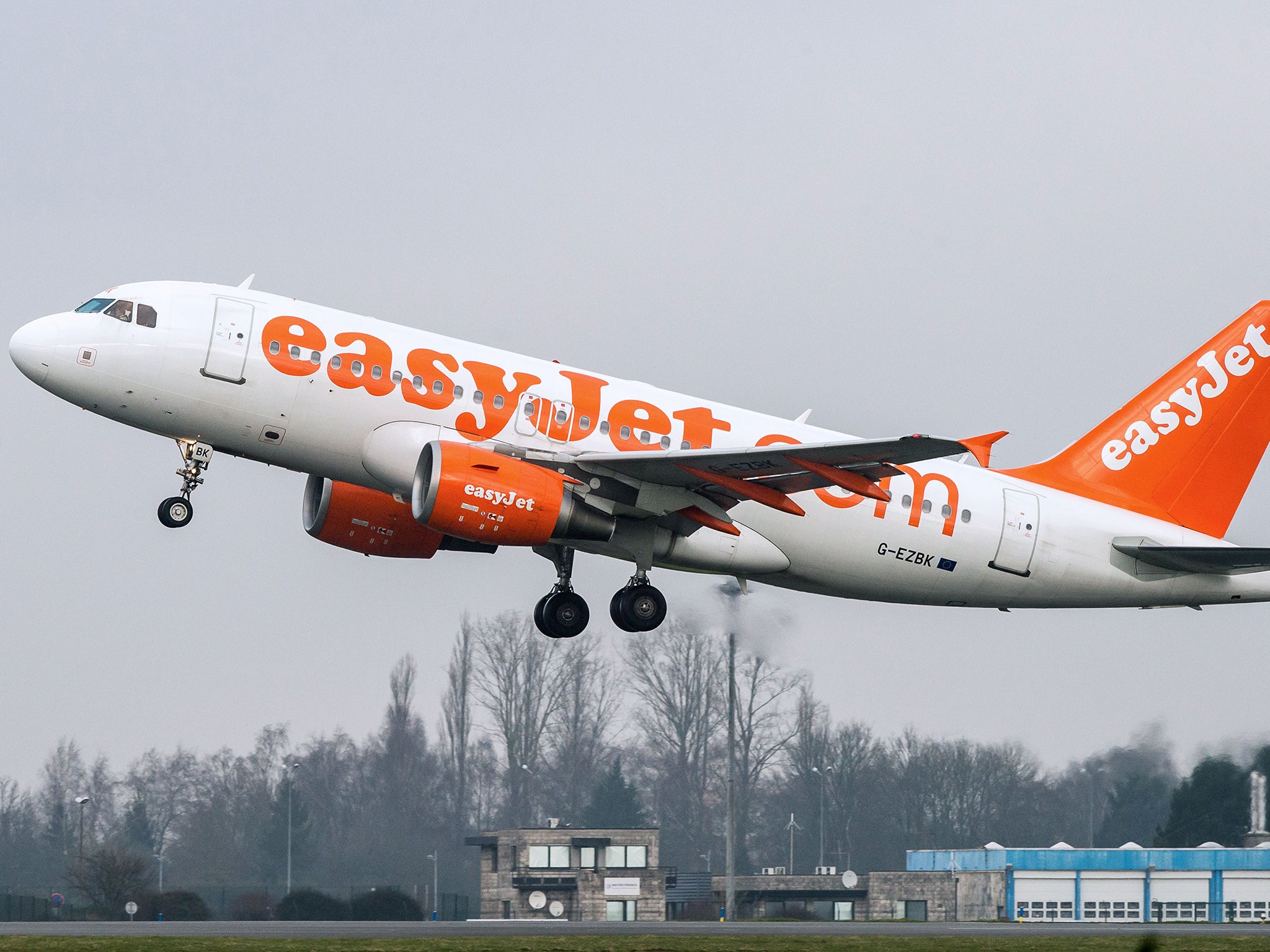EasyJet flight delayed after spanner spotted in lodged in wing flaps
A passenger spotted it just before take off

Your support helps us to tell the story
From reproductive rights to climate change to Big Tech, The Independent is on the ground when the story is developing. Whether it's investigating the financials of Elon Musk's pro-Trump PAC or producing our latest documentary, 'The A Word', which shines a light on the American women fighting for reproductive rights, we know how important it is to parse out the facts from the messaging.
At such a critical moment in US history, we need reporters on the ground. Your donation allows us to keep sending journalists to speak to both sides of the story.
The Independent is trusted by Americans across the entire political spectrum. And unlike many other quality news outlets, we choose not to lock Americans out of our reporting and analysis with paywalls. We believe quality journalism should be available to everyone, paid for by those who can afford it.
Your support makes all the difference.An aviation expert warned of the possibility of “serious structural damage” after a spanner was seen lodged in the wing of an EasyJet aircraft.
The plane was taxiing for take-off from Geneva when a passenger noticed the tool lodged in the wing flaps of the plane.
The crew was alerted and the flight was stopped to allow inspections to take place.
The flight was allowed to continue on its planned journey to Copenhagen, Denmark, an hour later.
“I realised straight away that what I was seeing was not normal,” the passenger, 25 year-old Christophe from Switzerland, said.
“There was a spanner stuck in the wing!”
EasyJet made a statement regarding the incident to the Mirror Online: “In line with our procedures, the Captain took the decision to return to stand.”
"A spanner was discovered and removed and the flight departed with a small delay.
“EasyJet has launched an immediate investigation and informed the Swiss safety authorities in accordance with our procedures.
“The safety and wellbeing of our passengers and crew is our highest priority.”
An aviation industry source explained some of the possible consequences of the tool going unnoticed to Swiss news website 20 Minutes:
"With the vibrations from the acceleration, the tool could have fallen onto the runway, and then been hit by the next aircraft.
"It could have caused serious structural damage, just like with the Concorde crash in Paris.”
The 2000 Air France Concorde crash was thought to happened because of a tyre blowout caused by a strip of metal which fell from another plane.
The source added: "If it had stayed attached to the plane, the pilot would have realised when he retracted the flaps about 400 metres from the ground, and been forced to make an emergency landing."
“In any case, we must thank this passenger.”
Join our commenting forum
Join thought-provoking conversations, follow other Independent readers and see their replies
Comments